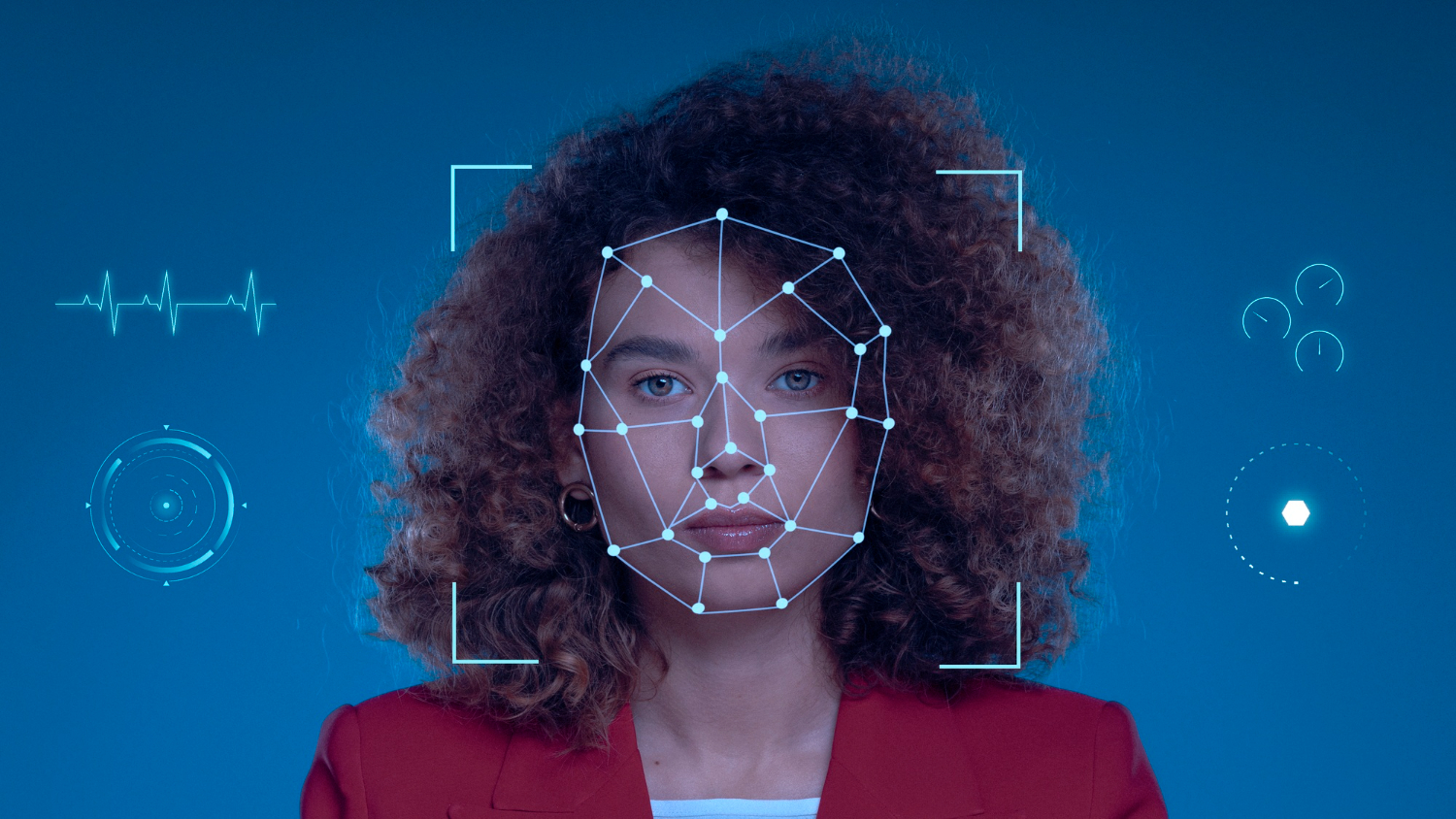We once thought biometrics were unbreakable. Fingerprints, facial recognition, retina scans—they were the future of secure authentication. But in 2024, that future is getting hacked. Welcome to the age of biometric spoofing, where fooling your phone could cost you everything.
Biometric spoofing is the practice of tricking security systems that rely on human traits. And it’s not as sci-fi as it sounds. In fact, it’s already happening—with frightening ease. From printed 3D fingerprints to high-res face masks and AI-generated deepfakes, hackers now have tools that can bypass some of the world’s most trusted security systems. What used to require Hollywood-level tech can now be pulled off with a good photo, a 3D printer, and some YouTube tutorials.
Your Face Is No Longer a Password—It’s a Liability
Facial recognition has become the go-to unlock method for smartphones, apps, and even payment systems. But in the wrong hands, your face becomes a key—one that can be duplicated.
Earlier this year, cybersecurity researchers demonstrated how AI-enhanced photos scraped from social media could be converted into 3D-printed facial models capable of fooling basic Face ID systems. The cost of the materials? Less than $100.
These aren’t theoretical risks. Criminals are already using deepfake tech to mimic facial features, submit fraudulent applications, access banking apps, and even pass airport biometrics.
Fingerprint Fraud: Easier Than You Think
Fingerprints were once thought of as the ultimate security code—unique, impossible to guess. But with lifted prints and some accessible 3D printing resin, hackers can produce convincing replicas. Just last month, a case in South Korea revealed a group using gummy-finger replicas to unlock dozens of stolen phones. The phones weren’t password protected—just fingerprint locked. And the thieves knew it.
Think your fingerprint is private? Think again. You leave it on your phone, your coffee cup, even your Instagram photos. In the age of high-resolution everything, biometric privacy is almost a myth.
Iris Scanning? Not Safe Anymore
Iris scanners have long been touted as the gold standard in biometric security. But high-resolution eye photos can be captured from social media or online videos, then digitally manipulated to bypass iris recognition systems. In a recent EU study, 3 out of 5 consumer-grade iris scanners failed when exposed to printed iris patterns.
Biometrics Were Designed to Be Convenient—Not Foolproof
The fundamental flaw in biometrics is this: unlike passwords, you can’t change your face. You can’t swap out your fingerprints. Once they’re compromised, they’re compromised forever.
Hackers know this. That’s why biometric data is being hunted—stored in shady data dumps and traded in underground forums. One breach involving a smart door lock manufacturer exposed over 500,000 facial scan records. Once someone has your biometric data, there’s no getting it back.
Who’s At Risk? Pretty Much Everyone
From banks to dating apps, biometric authentication is now used across industries. Even small startups are adopting biometric logins to speed up onboarding. But few of them have the resources to truly secure this sensitive data.
Anyone who uses biometric unlock on their phone is a potential target. Anyone who shares selfies, eye shots, or even high-def videos online could unknowingly be feeding data into an AI model designed to replicate them.
So, What Can You Do?
Use biometrics with a strong password, not instead of one.
Enable two-factor authentication (2FA)—preferably with a physical security key.
Avoid uploading high-res facial or fingerprint content. Yes, that’s a thing now.
Opt out of biometric storage when possible, especially for non-critical apps.
Keep your software updated. Newer systems use liveness detection to prevent spoofing—but it’s not foolproof.
The Future of Security Might Be More Human—Not Less
Ironically, as biometric spoofing grows more sophisticated, some companies are moving back to behavioral biometrics: the way you type, the way you walk, the speed at which you swipe. These factors are harder to replicate, but they aren’t yet widespread.
Until then, the very features that make you you are a growing vulnerability.

